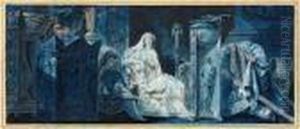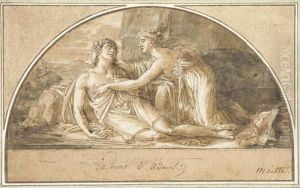Jean Guillaume Moitte Paintings
Jean Guillaume Moitte was a French sculptor born on November 11, 1746, in Paris, France. He was the son of Pierre-Etienne Moitte, an engraver, which contributed to his early exposure to the world of art. Moitte studied under Jean-Baptiste Pigalle, a prominent French sculptor, and later under Augustin Pajou at the Royal Academy of Painting and Sculpture. His classical training was evident in his works, which reflected the neoclassical style that was popular during the late 18th century.
Moitte won the prestigious Prix de Rome in 1768 for his sculpture 'Peace Bringing Back Abundance,' which allowed him to study at the French Academy in Rome from 1770 to 1773. His time in Italy had a profound influence on his artistic development, and he was deeply inspired by ancient Roman art and the works of the Italian Renaissance.
After returning to France, Moitte became a member of the Academy and was later appointed as a professor there. He created numerous public monuments, decorative sculptures, and reliefs, many of which can still be seen in Paris today. Notably, he contributed several bas-reliefs for the Place de la Concorde and the façade of the Louvre Palace.
During the French Revolution, Moitte remained active and received commissions to provide sculptures representing the new ideals and figures of the Republic. However, the turbulent political situation affected his career, as it did for many artists of the time.
Despite the challenges, Moitte's dedication to the neoclassical style and his mastery of form and composition earned him a respected place in the history of French sculpture. His works are characterized by their elegance, clarity of line, and adherence to classical ideals. Jean Guillaume Moitte passed away on May 2, 1810, in Paris. His legacy continues to be appreciated by art historians and enthusiasts for its contribution to the neoclassical movement and its reflection of the spirit of an era.
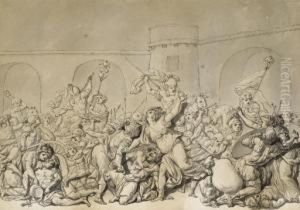
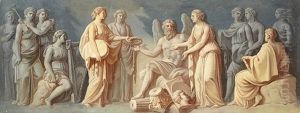

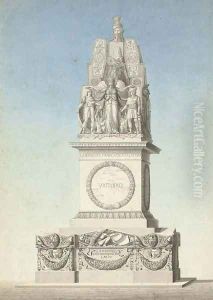
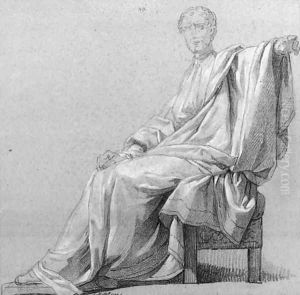
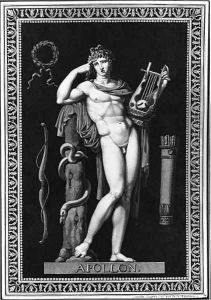
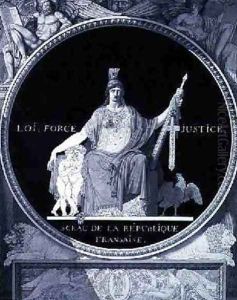
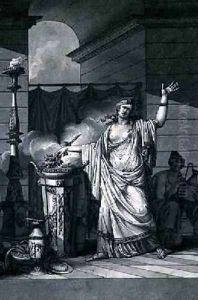
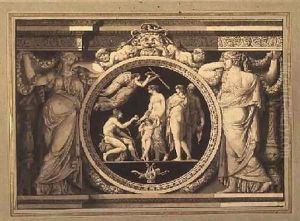
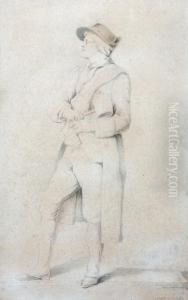
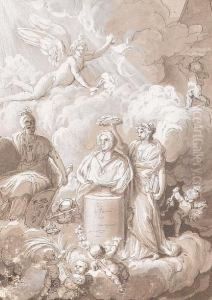
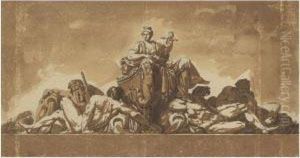
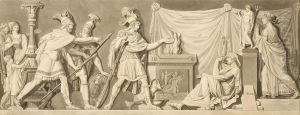
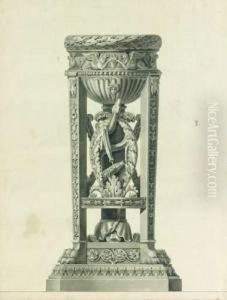
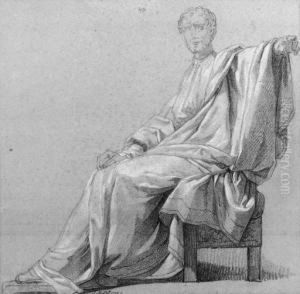
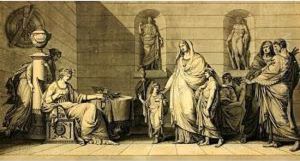
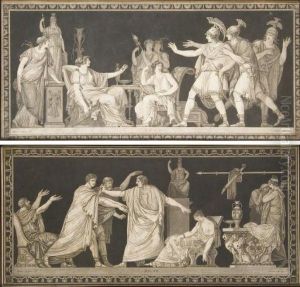
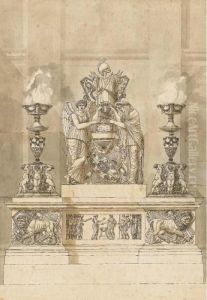
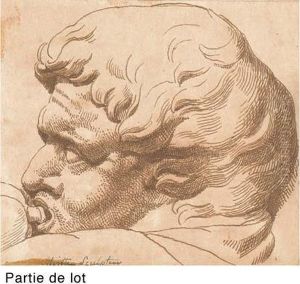
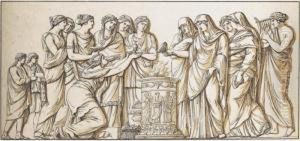
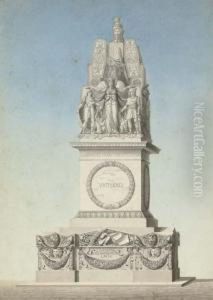
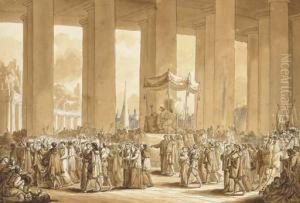
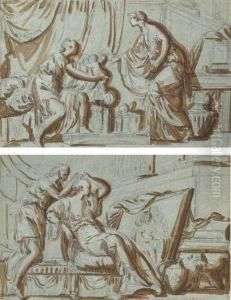
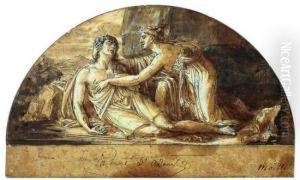
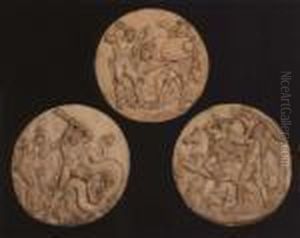
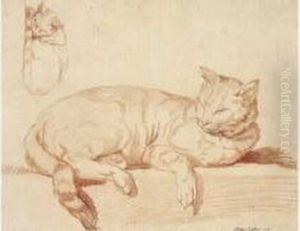
![Apollo Leaning On A Tree Trunk
Signed, Inscribed And Dated 'moitte Sculpteur L'an Deux De Larepublique.'[1794-5] And 'apollon'](https://www.niceartgallery.com/imgs/1488137/s/jean-guillaume-moitte-apollo-leaning-on-a-tree-trunk-signed-inscribed-and-dated-moitte-sculpteur-lan-deux-de-larepublique17945-and-apollon-15886c32.jpg)
